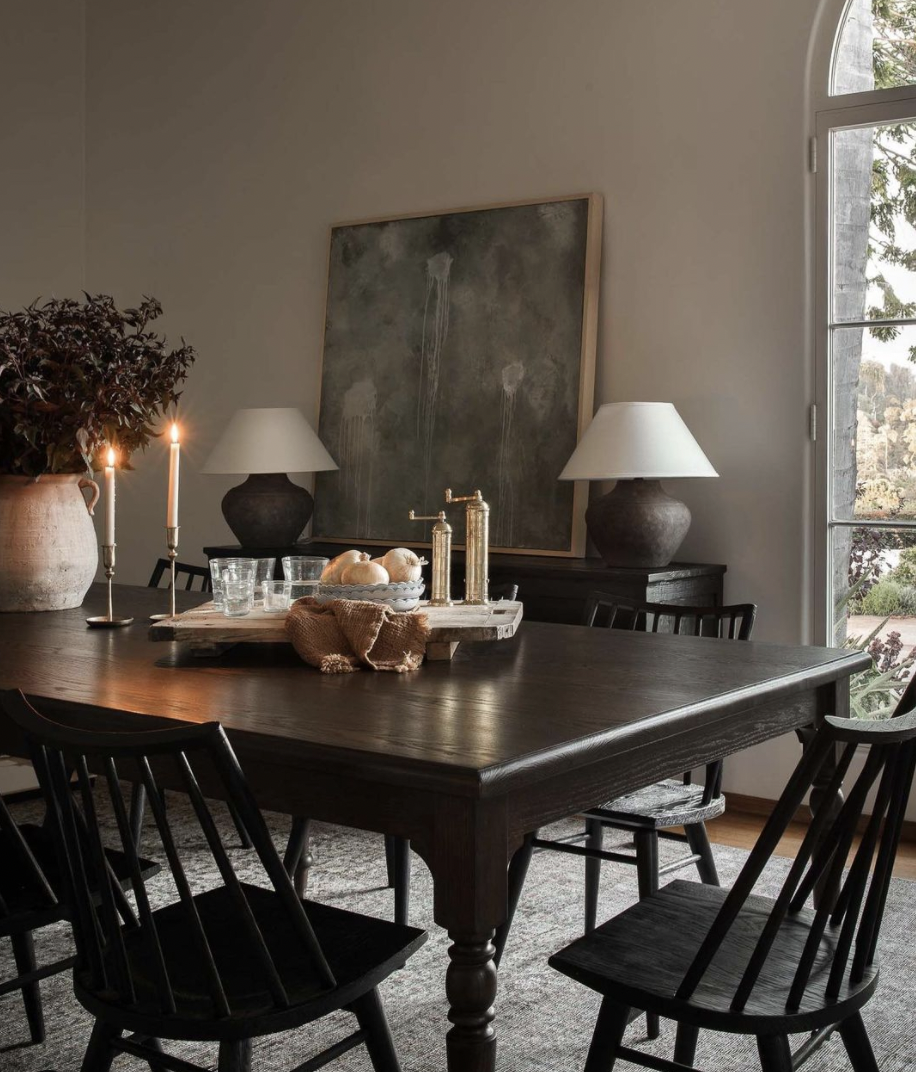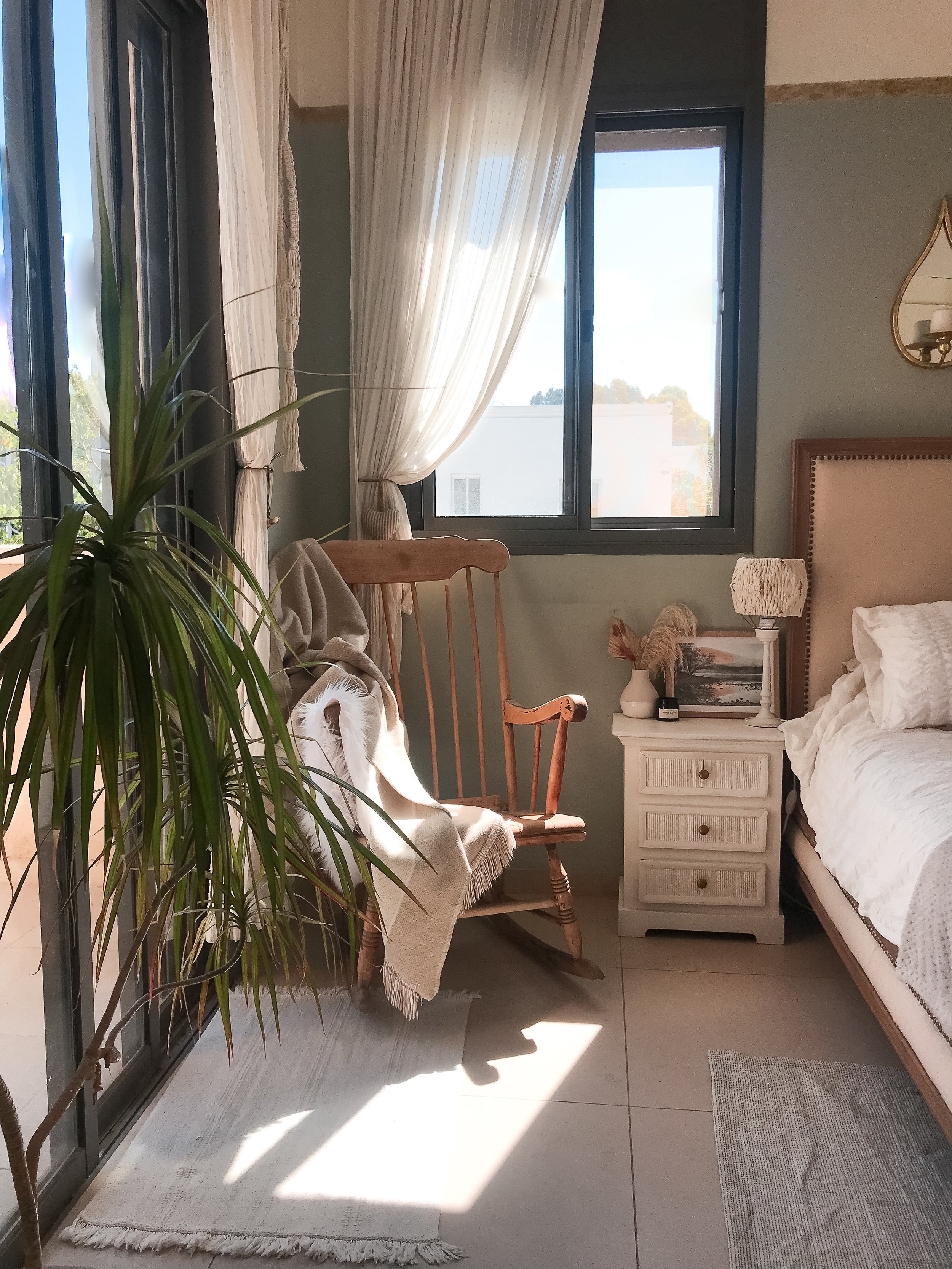How to create an atmosphere…
One of the things I get asked often is “How do you always manage to create an environment, or atmosphere that is so inviting?”
I have had lots of experience in creating an atmosphere that facilitates what is happening in the room.
Whether it’s a workshop for a group at a conference, that needed a reflective setting for personal meditation, or a cozy living room for a family, or a girlie, tween, outdoor sleepover, or a simple date night. We don’t notice how much the background effort makes until it’s not there, and we show up to a party or a home, with the ceiling strip lights on, and many of us can’t put our finger on why it doesn’t quite feel right!
Atmosphere is an inexplicable thing that has an effect on a subconscious level.
It either relaxes us, or stresses us.
It either invites us, or makes us on edge.
It either fills us up, or drains us - and we often don’t recognise which of these it’s done until we’ve left it, unless you’re tuned into noticing!
Lighting:
Lighting is everything.
I am a fan of lamps, warm yellow bulbs (not cold blue light), and candles.
Why? Because it creates a soft, cozy, inviting light, from a lower height, which draws you to want to sit down. Ceiling lights can be very imposing, create stark and harsh shadows, which can make a room feel bigger and distorted, not in a good way! I often hear people worry about reading, and not having enough light, but I would always suggest that a good reading lamp is still preferable to a large ceiling light.
Funny story - My parents in law definitely sit on the ‘function’ side of design, as opposed to the ‘form’ side, and I remember laughing as my husband and I came home from a date night one night, to them babysitting with EVERY SINGLE LIGHT in the house on!
It instantly stressed me out, because I find it so overpowering, unwelcoming as well as just unnecessary! I told them “You can put the lamps on!” their reply was “We can’t see anything with only the lamps on!”! I did laugh….!
Obviously, some people are more affected than others in this department!
Soft Furnishings:
Another thing we don’t really notice, unless they’re not there, and then we feel like something is missing!
Soft fabrics, cushions, blankets, curtains, and rugs are especially important if you have hard surfaces on your walls and floors. Remember wood always warms up - so if you have wood floors or any wood detailing on your walls, then your room is already a lot further along than those of us who have tile floors, and no interesting detail on the walls!
Layers and soft furnishings are the thing that make a space inviting, comfortable and cozy.
But fear not - I am not talking about cluttering your space - this undoes all the good that could be done!
I am NOT a fan of clutter. There is a balance with soft furnishings that can be hard to land, but just listen to how the space makes you feel.
Does it invite you to curl up with a book, or stress you out because there’s nowhere to look that’s ‘clear’?
Sound Track:
Obviously this is massively down to taste, but there is a science to it too!
It’s all to do with heart rate…Did you know that!?
If you’re wanting a chill, cozy, ‘curl-up-with-a-book-with-some-wine-in-front-of-the-fire’ type of atmosphere, then the soundtrack should be be at a beat that is slower than our heart rate - that naturally relaxes us as we tend to respond more than we think to our surroundings.
The opposite would be true of a part-ay atmosphere - our sound track will need to be a faster speed - to encourage us to feel energised by a beat that is faster than our heart rate!
Boundaries:
Did you know that especially open plan living, boundaries, or anchors to spaces are really important?
A study was recently done on some 4-5 year old kids, they were taken to a large, open field and told they could play and run however they liked. But they all froze, and didn’t know what to do with themselves. They did this experiment again, but this time they created a boundary for them with a small fence. When they were given the same instruction to go and play, this time they had no problem running, playing and even climbing the fence - because they know where the safety of the area fell, and and could come back to it.
The same works in our homes.
A living room should have an anchor to it - a focal point, and a grounding.
I love to use a rug, and a fireplace, but some use a TV instead.
When we don’t have any grounding, our furniture feels like it’s floating, aimlessly and isn’t connected to anything else - this is what a rug does. It creates a boundary line that everything else is connected to, and dictated by.
The same can be said for a focal point. It creates an anchor point that everything else operates around.
I personally don’t like making the TV the focal point, because I don’t like to think that our life operates around a screen! But I like the compromise that many have found of putting the TV on the chimney breast, and combining the two.
When we address all these small but hugely impacting things, we can create an atmosphere that is tailored to what we want our room to do.
Sometimes it can be really overwhelming to look at room as a whole, and try to figure out why it’s not working, but maybe take one area at a time and analyse if it’s working, and adjust one thing at a time!
I can’t wait to see how you manage to create atmospheres in your spaces! I hope you share them with me!








